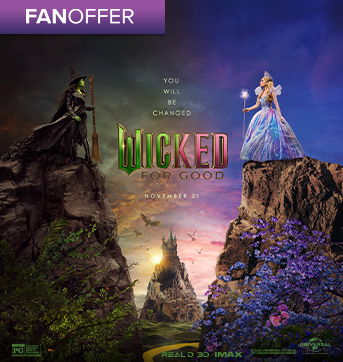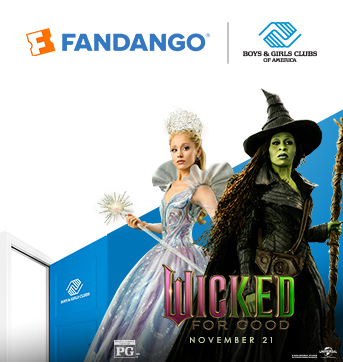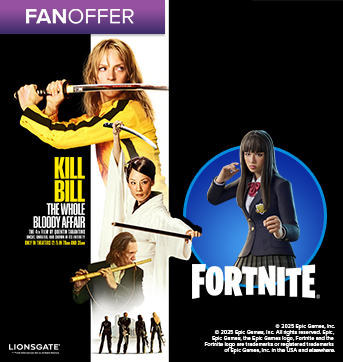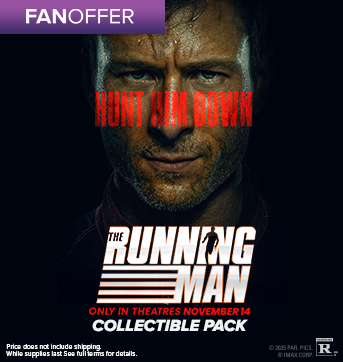Special Offer

Take one last trip to Oz with the For Good Collector’s Pack, featuring a Movie Ticket and a Limited-Edition Costume Sketch Poster by Paul Tazewell.exclusive sketch of Academy Award-winning designer Paul Tazewell’s original costume design!
*For Good Collector’s Pack is non-refundable. While supplies last. Domestic shipping will be added at checkout. Movie ticket is non-refundable and non-exchangeable. Fandango reserves the right to modify or cancel this offer at any time and without notice. You must be 18 years of age or older to purchase a bundle. The Poster Print will begin shipping in the month of November. Please use a physical address where the item can be delivered. Once carrier confirms delivery, Fandango is not responsible for lost or stolen deliveries. See full terms and conditions at https://redeem.fandango.com/products/for-good-collectors-pack . Universal Pictures Marketing and its affiliates are not sponsors of this bundle.







